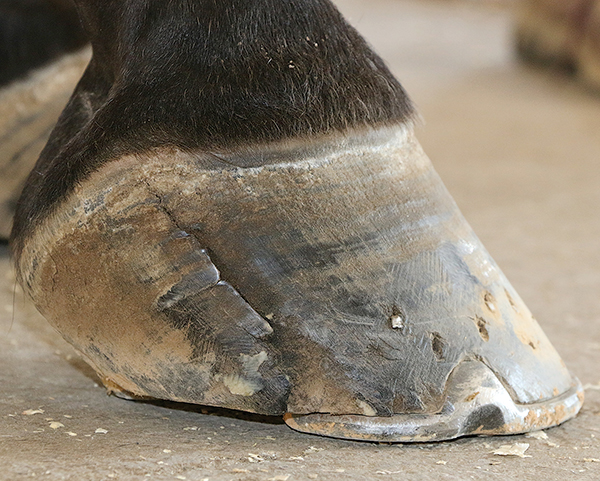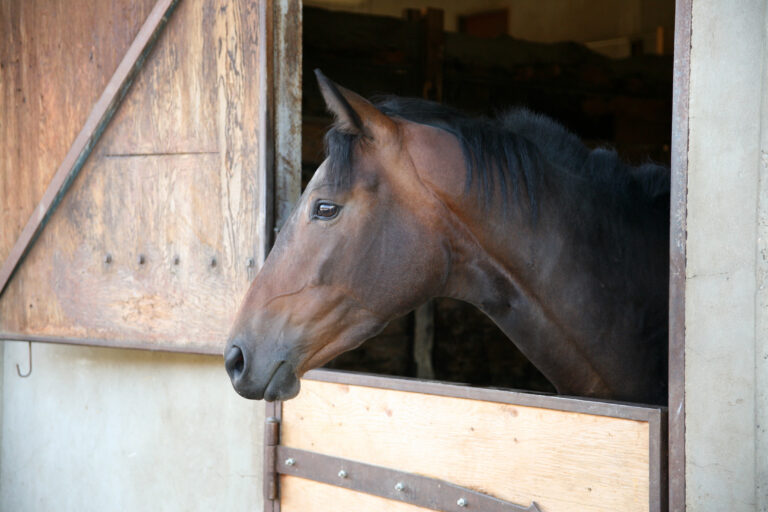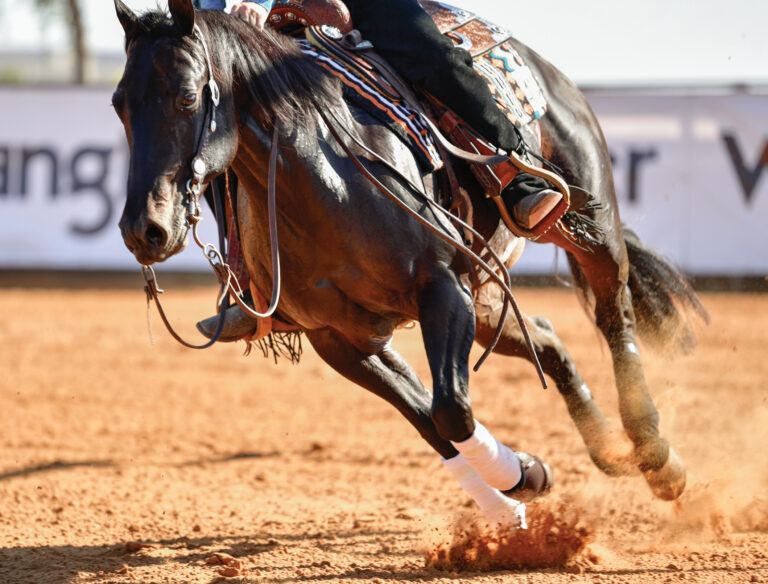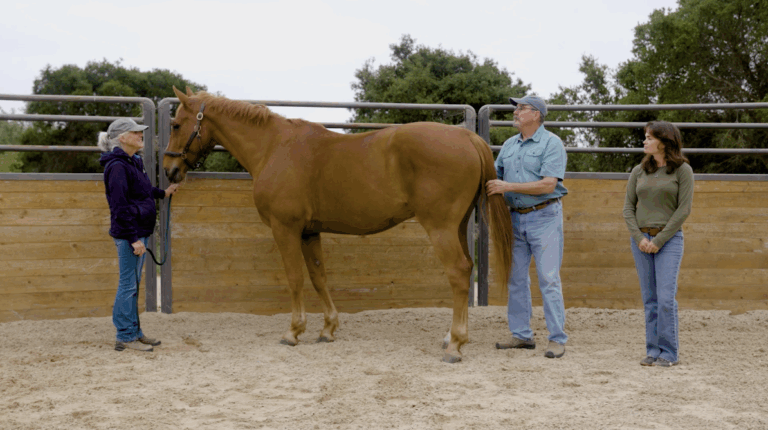Quarter cracks can be a frustrating problem. For real-world answers, we turned to Bob Smith. The owner of the Pacific Coast Horseshoeing School in Plymouth, California, and a member of the International Horseshoeing Hall of Fame.
What Are Quarter Cracks?
The hoof is divided into three areas: the toe, the quarters, and the heels. Consider any crack appearing in the “side” of the hoof—that is, the quarters—as a quarter crack. Such cracks are typically vertical, starting at the coronary band and running down. Like most other hoof cracks, they generally begin inside the hoof before presenting visually on the outside.

What Causes Them?
Quarter cracks have various causes. This includes trauma to the coronary band, a prior injury to the coronary band resulting in the growth of defective horn, and poor conformation resulting in excessive weight-bearing on one side of the foot. Other conformation faults that can be factors include long toes with under-run, poorly functioning heels (a major cause); severely toed-out or toed-in feet; offset knees; and small hooves on a large horse.
Horses with thin hoof walls and poor hoof quality are also predisposed to quarter cracks. Hoof care resulting in imbalanced feet and/or an improper footfall. Or where one side absorbs excessive stress when the foot strikes the ground, can occasionally be a factor as well.
Should I Call My Vet or My Farrier?
If your horse is lame on the foot or if there’s blood or other moisture coming from the crack, call your veterinarian. If it’s a small crack with no lameness, call your farrier to discuss options for keeping the crack from developing further. With a painful crack, your horse will need a coordinated effort from a vet and farrier willing to work together to determine the cause. Evaluate your horse’s movement on a hard surface, paying attention to how the foot lands and loads.
Treatment will depend on the cause of the crack. It may include a special pressure-relieving shoe (egg bar, straight bar, Z-bar, heart bar, or mushroom bar). Composite glue-on, aluminum, or traditional steel shoes may be used. Wire “stitching” and patching with composite materials (polyurethanes, acrylics) to stabilize the crack may also be required. And in simple cases may be enough to allow healing. In some instances, a 60-day barefoot turnout may even be the best course of action.
How Can I Stop This From Happening Again?
Just stabilizing a crack is a band-aid. Unless you address the causes, you can be sure another crack will occur. If conformation flaws or scar tissue on the coronary band are factors, a competent hoof professional must maintain compensating measures, possibly including special shoes. Horses with naturally weak hooves should have in-depth blood work done. This can determine mineral or vitamin deficiencies that may respond to diet modifications and/or supplementation to encourage the production of quality horn.



![[Aggregator] Downloaded image for imported item #35942](https://s3.amazonaws.com/wp-s3-horseandrider.com/wp-content/uploads/2025/10/20105738/EDCC-Unbranded-14-300x200-1.jpeg)

